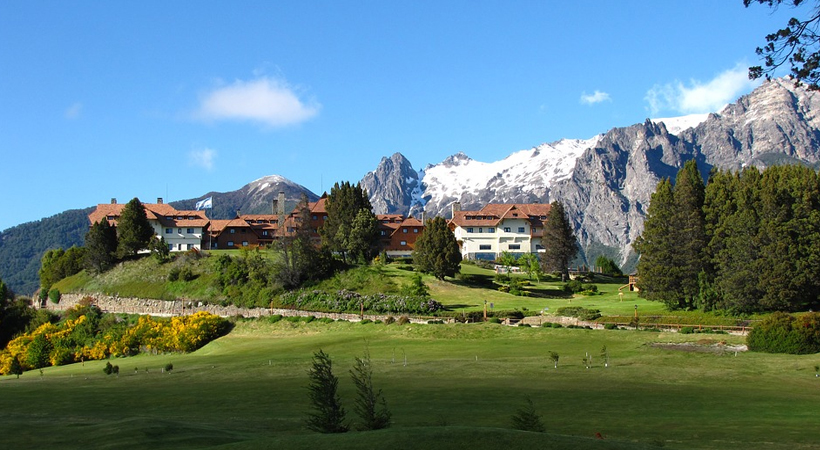Without skiers, Argentina’s Bariloche appears a ghost town

Snowy hills without skiers, closed hotels, empty shops. At the foot of the Andes mountain range, the city of Bariloche in Argentina is covered in snow but there will be no avalanche of tourists this winter amid the Covid-19 pandemic.
“Today we are closed, with zero activity,” Belén García Bertone told news agency AFP. The 36-year-old is a third generation of hoteliers and president of the Chamber of Tourism of Bariloche.
Located within the Nahuel Huapi National Park, set among mountains and lakes, 1,800 km southwest of Buenos Aires, San Carlos de Bariloche is Argentina’s fourth-most visited tourist destination by foreigners. Brazilians and Uruguayans rank it as their second preference behind Buenos Aires, according to tour operators.
When 2020 began and the coronavirus seemed an alien concept, Bariloche was planning for a big July, hoping to improve upon its strong performance in last year’s high season. In July 2019, it received 112,000 tourists –– 15,000 of whom arrived on 51 direct flights from Brazil –– and hotel capacity, some 30,000 beds, was almost full, according to the mayor’s office.
“The city is so beautiful. We have a significant snowfall and the snow season has begun but it is a city without tourists. You pass by places such as the civic centre, the Cerro Catedral or the Llao Llao [hotel] and they are empty,” José Lepio, a 46-year-old restaurant owner on the Cerro Catedral, told AFP.
Twenty kilometres from the centre of Bariloche, Cerro Catedral, offers 120 kilometres of ski slopes spread over 600 hectares. At this time of year, preparations are usually feverish. Today only large tracts of snow can be seen, AFP said in its report.
“We have had a ski school here for 22 years and today we are here for the first time without tourists. We have had everything: ash from volcanoes, swine flu, hantavirus, but this is unthinkable,” laments Néstor López Dávalos, president of the Cerro Catedral Business Association.
According to López Dávalos, the site takes between 7,000 and 8,000 daily visitors to break even. “Without tourists, we don’t really know what we are going to do. Many people are going to be out of a job,” he warned.
In Bariloche, a city with 140,000 inhabitants, tourism employs around 15,000 people directly and generates another 34,000 jobs indirectly, according to the Tourism Chamber. They estimate the losses this month –– July, usually the best time of the year –– will be 3.6 billion pesos (about US$48 million). They estimate that three billion pesos (US$40 million) have already been lost from the April-June period, considered as low season.



